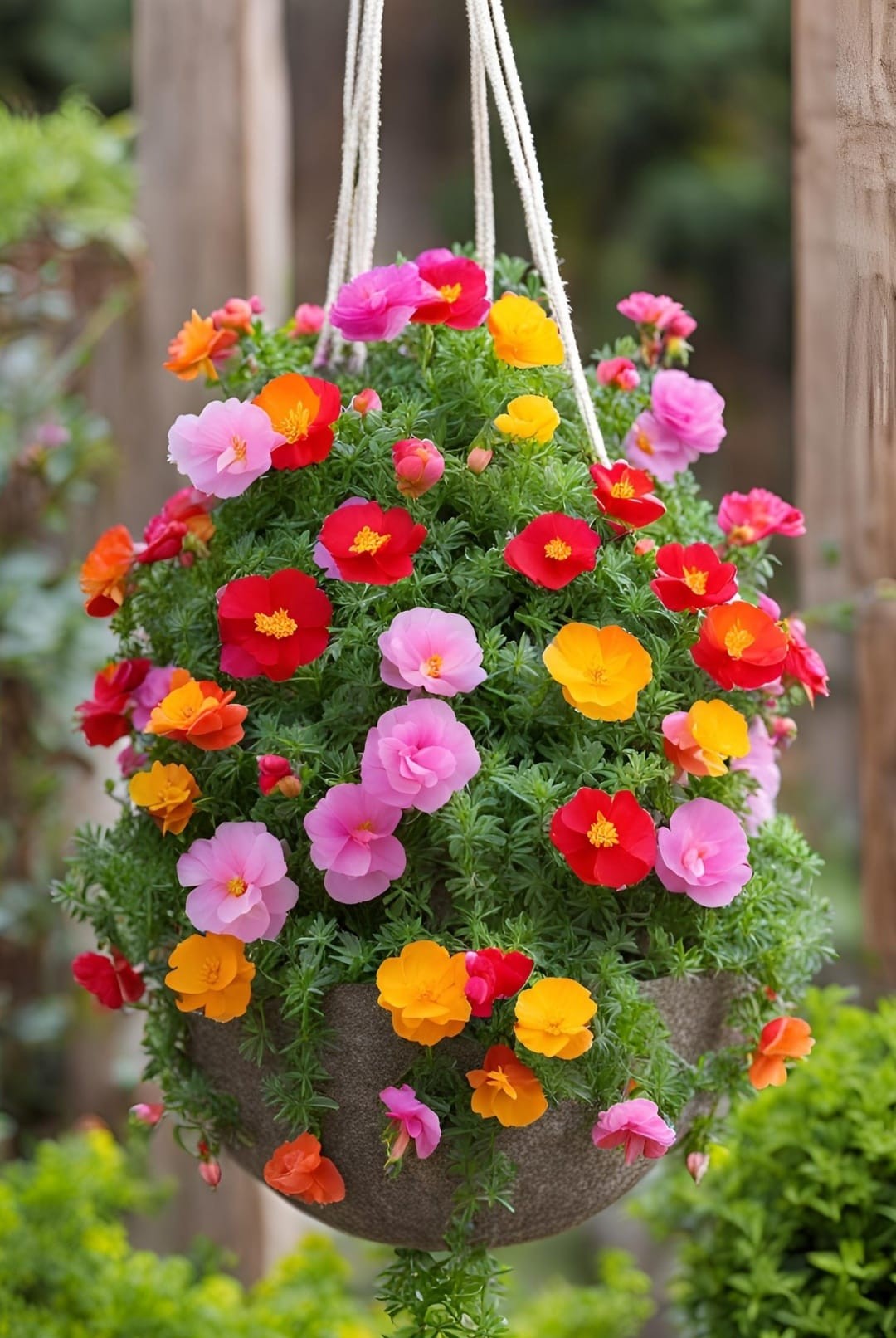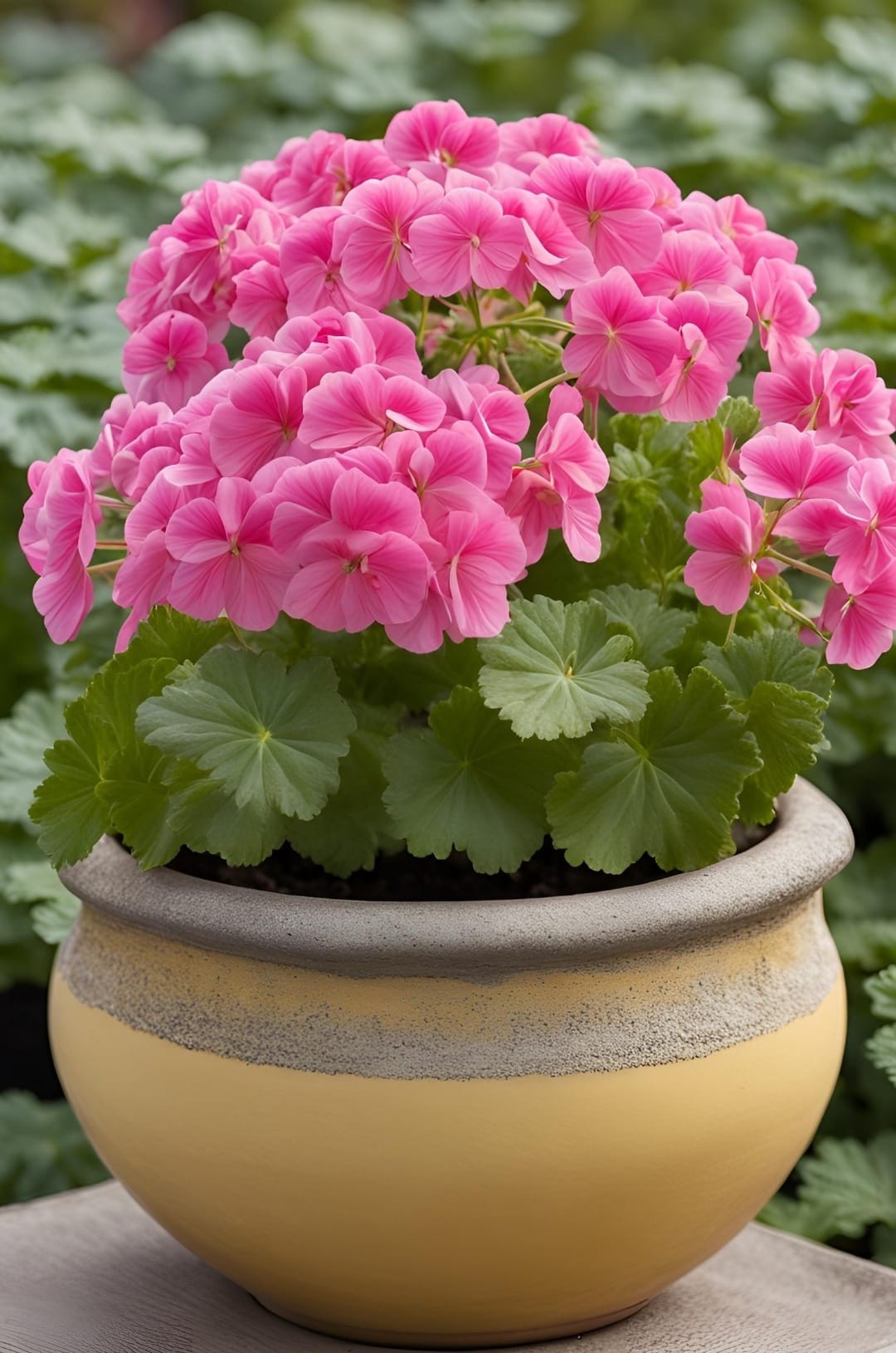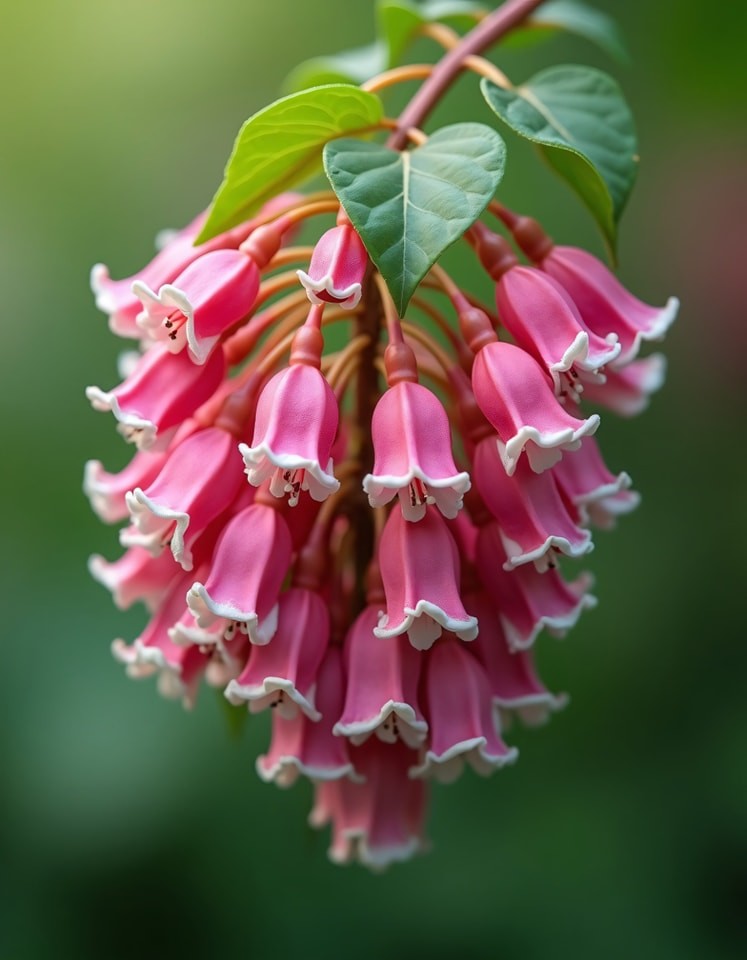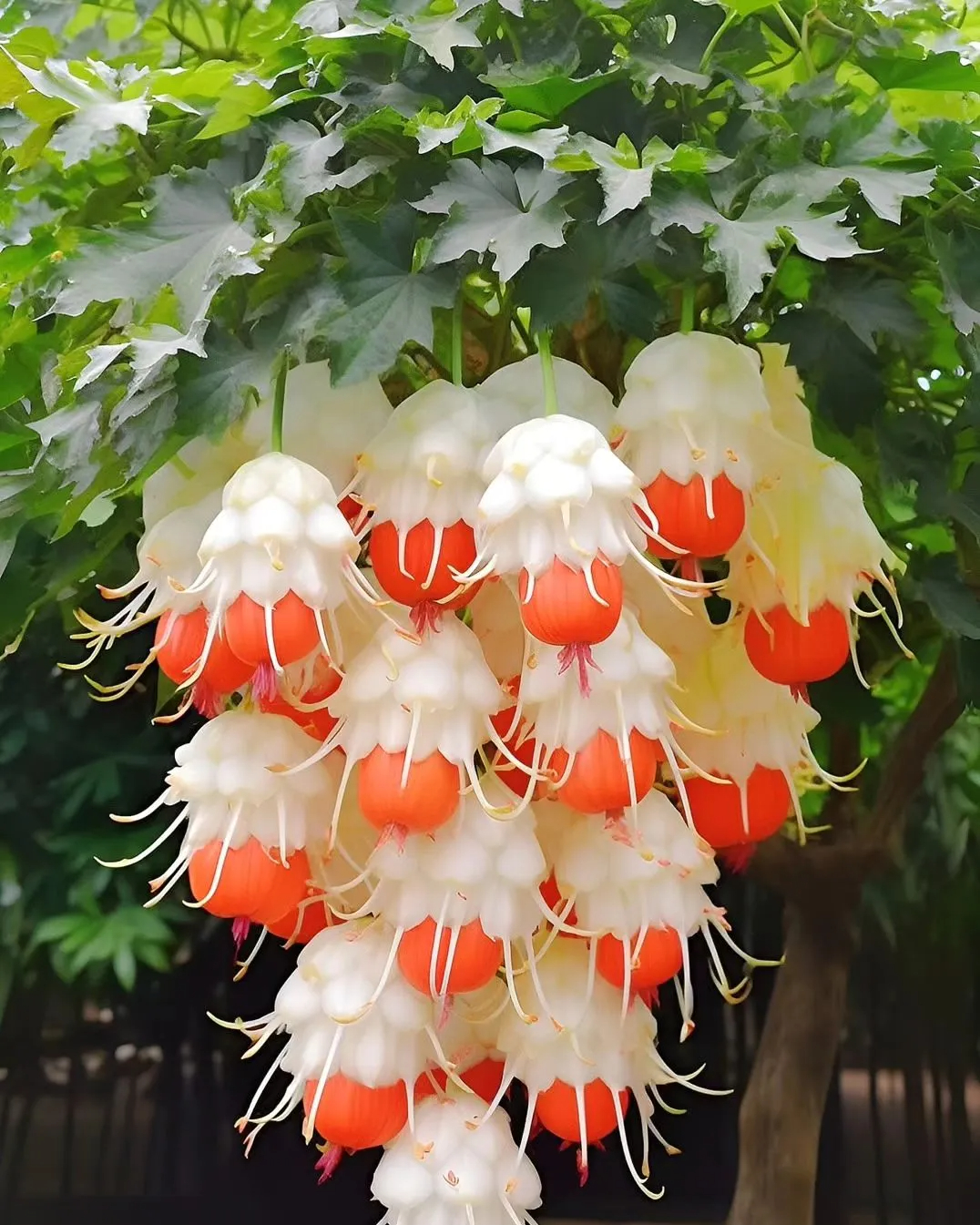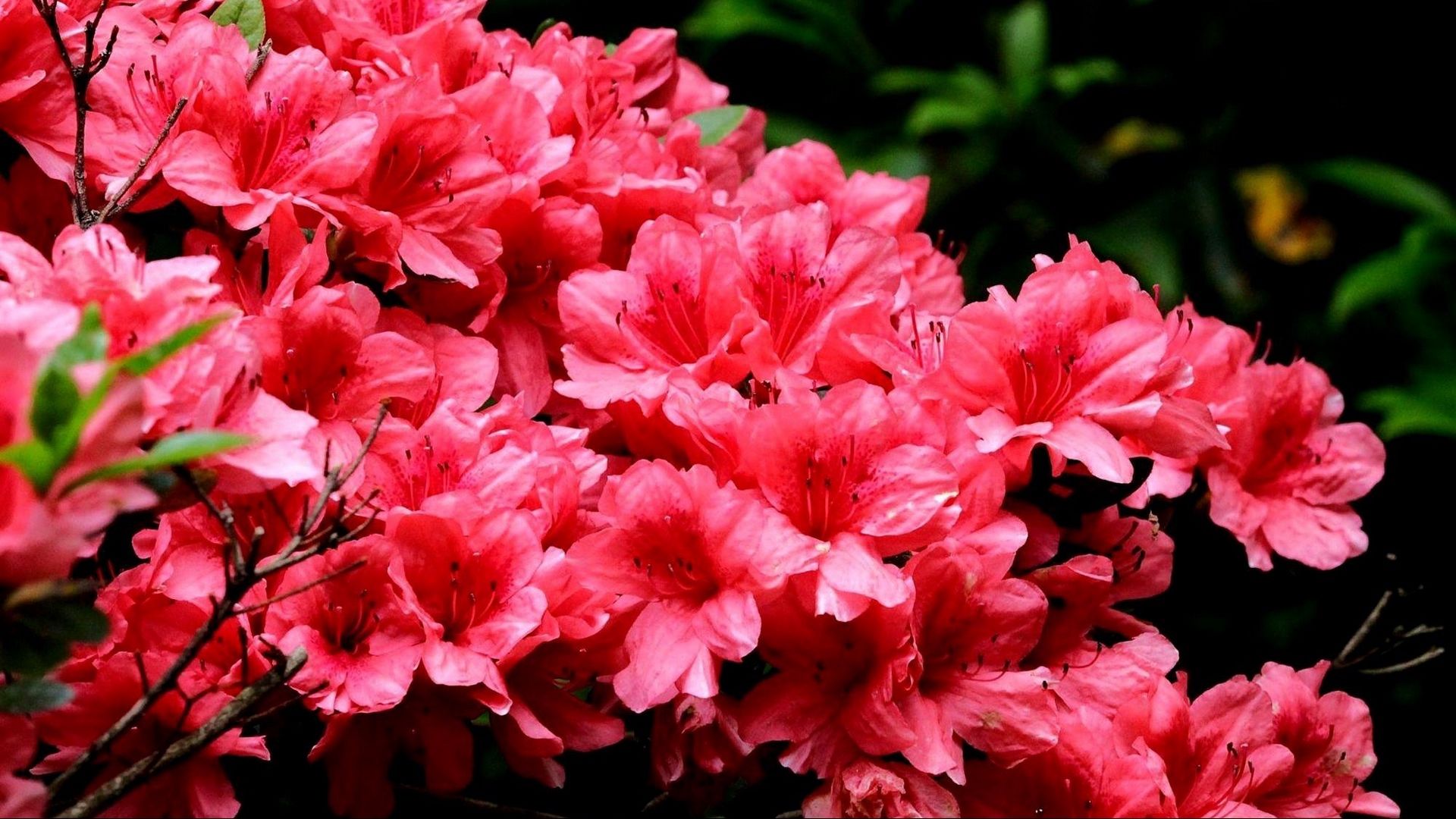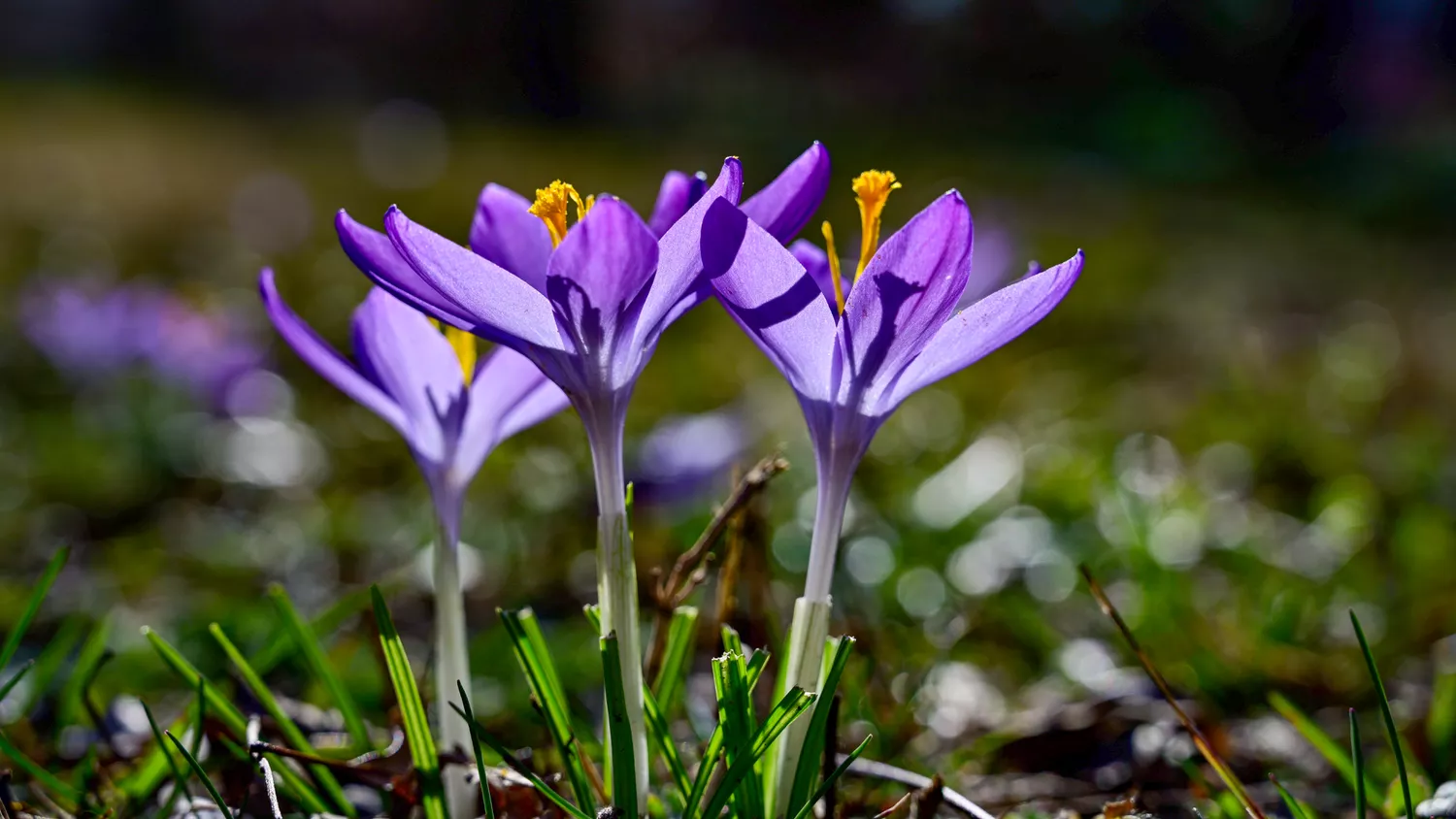Celebrated for its vibrant flowers, Clivia miniata var. citrina (Yellow Clivia) is a radiant evergreen perennial characterized by plump rhizomes. It boasts sizable clusters of 20 to 40 trumpet-shaped, creamy-yellow flowers in late spring, summer, or fall. Lightly fragrant, these 2.5-inch (7 cm) long flowers exhibit broad, overlapping tepals and yellow throats. They bloom atop sturdy, erect stems, which emerge from a dense foliage of glossy, light to deep green, arching, strap-shaped leaves. The long-lasting flowers give way to decorative bright yellow or red-speckled berries that remain on the plant for months. Even when not in bloom, the lush, virtually immaculate evergreen foliage maintains its sculptural presence. Native to South Africa and Swaziland, this exquisite tropical specimen is susceptible to damage from freezing temperatures of -1°C to -4°C (30°F to 25°F) and thrives in frost-free regions. Yellow Clivia makes a valuable, long-lasting addition to flower beds, borders or containers, and is commonly grown as a houseplant. They also make lovely cut flowers.
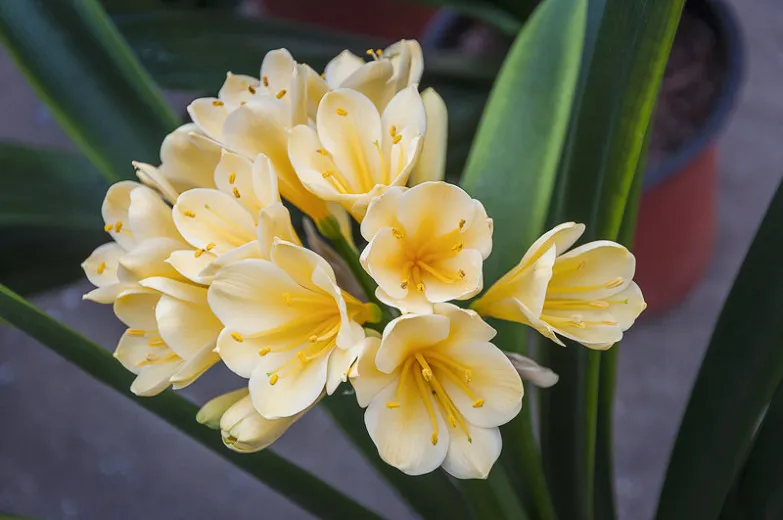
Recognised with the Royal Horticultural Society’s esteemed Award of Garden Merit, it grows to heights and spreads of 12 to 24 inches (30 to 60 cm). It flourishes in well-drained soil with bright filtered light and protection from intense sunlight, requiring abundant watering in summer and allowing for dryness in winter. As the flower stem reaches 15 cm (6 inches) the watering routine should become normal. A balanced liquid fertiliser is advised during growth until flower buds form.
The Yellow Clivia is almost immune to diseases and pests, although it is recommended to be on the lookout for scale insects. Overwatering can cause root rot, yellowing of the leaves or inhibition of flower stem formation. Optimal flower production occurs when the plant has some roots, but repotting is recommended every 3 to 4 years in late winter or early spring. During repotting, be careful when untangling the roots, as the Natal Lily is sensitive to root disturbance.
Propagation can be achieved by sowing seeds at 60-70°F (16-21°C) immediately after maturity, or by division in late winter or early spring. Ingestion of any part of the plant may cause digestive upset. It is important to note that Yellow Clivia is toxic to dogs and cats.
Native to South Africa and Swaziland, this species has an impressive presence in botanical circles.
